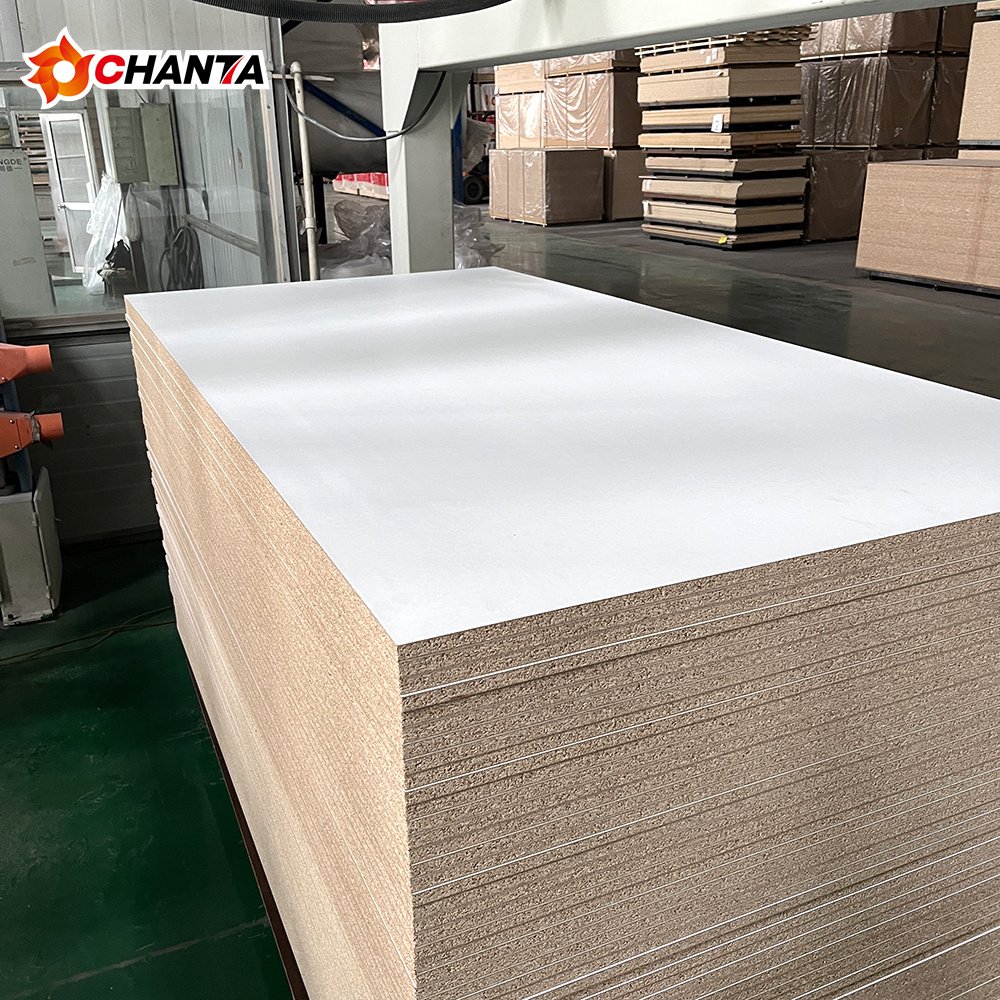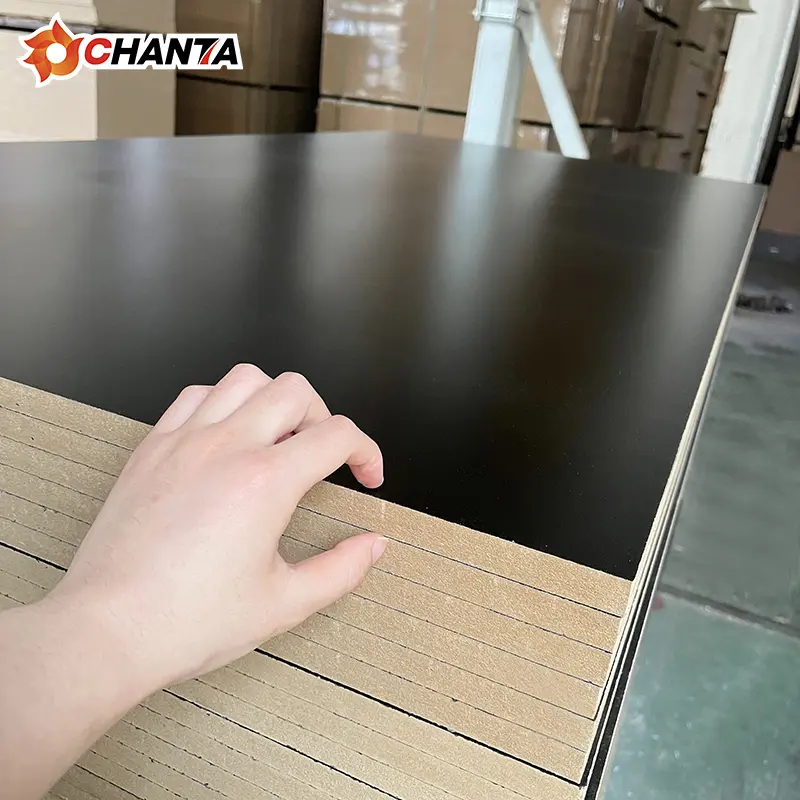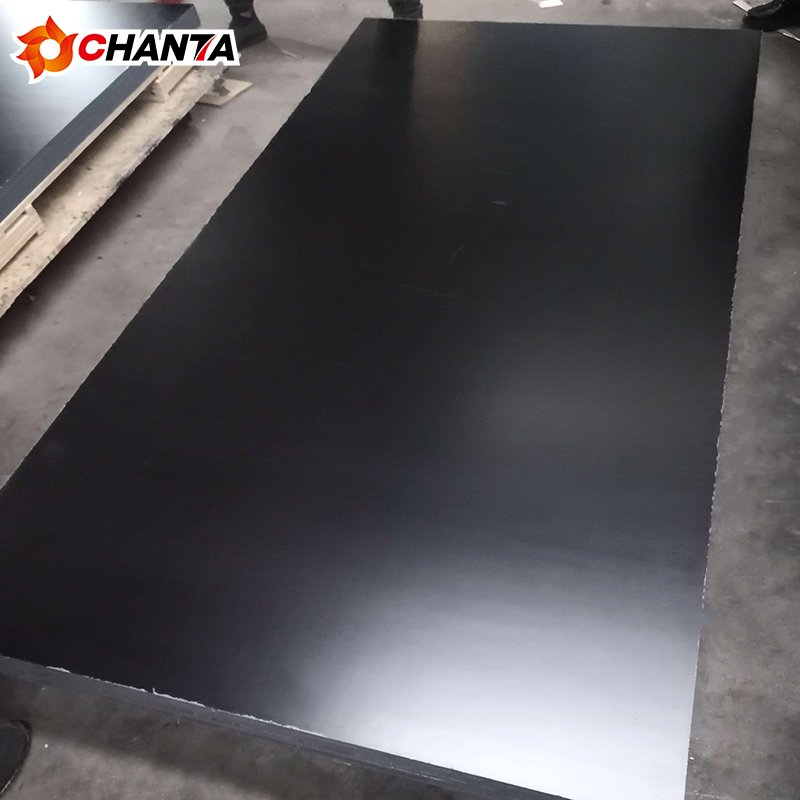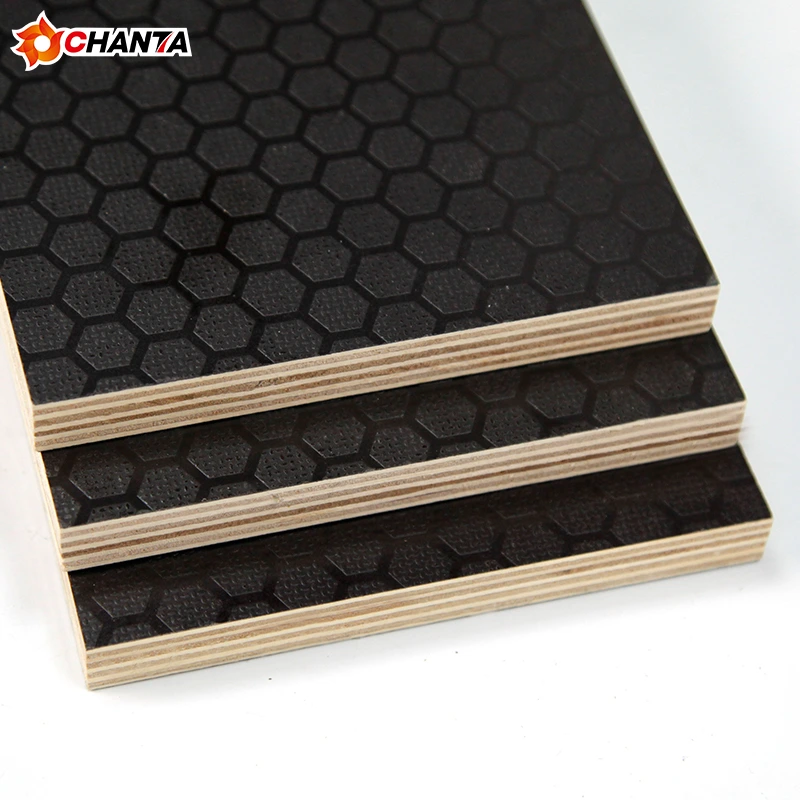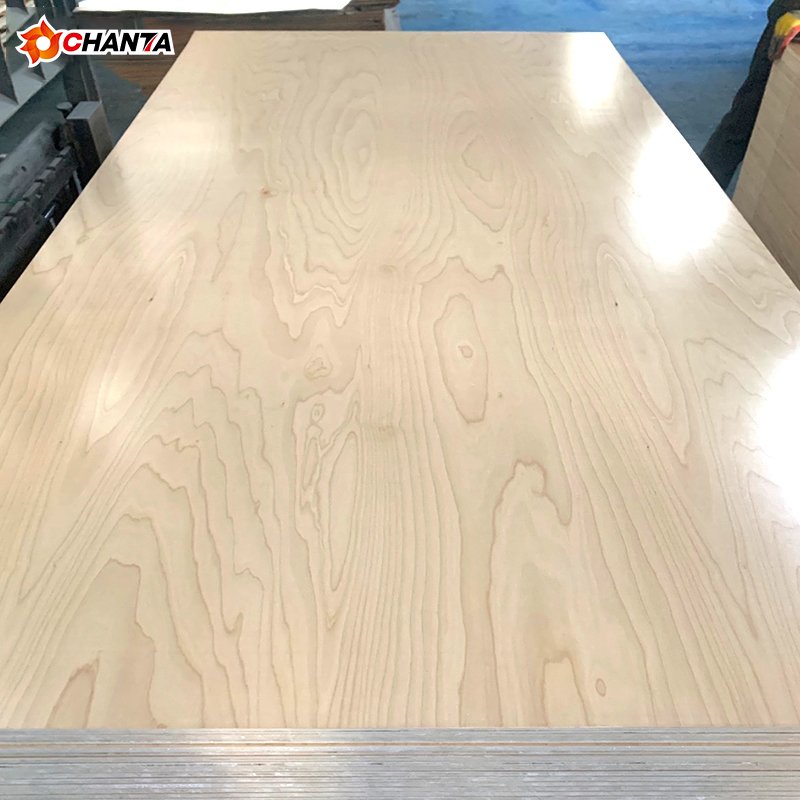Table of contents
When starting a construction project or DIY task, one of the most important questions is: how much weight can 18mm plywood hold? This seemingly simple question plays a critical role in ensuring safety, durability, and proper material choice. Whether you’re building furniture, constructing shelving units, or reinforcing flooring, understanding plywood’s load-bearing capacity helps you make informed decisions.
In this article, you’ll learn about the weight capacity of 18mm plywood, what affects it, and how to choose the right type for your project.
What Is 18mm Plywood?
Before diving into weight capacity, it’s essential to understand what 18mm plywood actually is. Plywood is an engineered wood product made by gluing together multiple layers (plies) of wood veneer. An 18mm plywood board is approximately ¾ inch thick and commonly used in structural and load-bearing applications.
This thickness offers a great balance between strength and workability. Most carpenters, furniture makers, and contractors prefer 18mm sheets for their rigidity and stability.

How Much Weight Can 18mm Plywood Hold?
In general, 18mm plywood can hold between 40 to 80 kilograms per square foot when supported properly. However, the exact capacity depends on several key factors.
Type of Plywood
Not all plywood is created equal. Hardwood plywood, such as birch or oak, can support more weight than softwood plywood like pine. Additionally, marine plywood or structural grade plywood tends to offer higher load-bearing strength due to better adhesive and higher-quality veneers.
Support and Span
The way the plywood is supported greatly affects how much weight it can handle. If you place plywood across a wide span without intermediate supports, it will sag or even fail under pressure. For example, 18mm plywood supported every 16 inches (standard joist spacing) can safely hold around 50–70 kg per square foot. Reducing the span increases the strength and prevents deflection.
Load Type: Static vs Dynamic
A static load, like a bookshelf full of books, applies consistent pressure, whereas a dynamic load—such as a moving person—creates variable pressure. Plywood tolerates static loads better. Always increase safety margins when working with dynamic or uneven loads.
Where to Use 18mm Plywood for Maximum Strength
You can use 18mm plywood in a variety of structural applications. Some of the most common include:
Flooring sublayers for residential and light commercial buildings.
Heavy-duty shelving units for storage or retail environments.
Workbench tops in garages or workshops.
Wall sheathing and ceiling bracing in timber construction.
When reinforced with strong framing, 18mm plywood performs exceptionally well under pressure.
Tips to Maximize Plywood Strength
If you want to get the most weight capacity from your 18mm plywood, follow these best practices:
Choose high-quality plywood with a high number of plies and minimal internal voids.
Seal the edges to prevent moisture absorption and delamination.
Use screws and strong adhesives rather than nails for better structural integrity.
Add extra supports or cross-bracing under large panels to prevent sagging or buckling.
Conclusion: Use 18mm Plywood Wisely and Safely
So, how much weight can 18mm plywood hold? With proper support and quality materials, it can safely carry up to 70 kg per square foot, and even more under ideal conditions. Always consider the span, load type, and application before making your final choice.
If you’re in the market for strong and reliable plywood, choose from a reputable supplier who offers certified structural plywood, marine plywood, or furniture-grade panels. Make your next project both durable and safe by knowing your materials.

